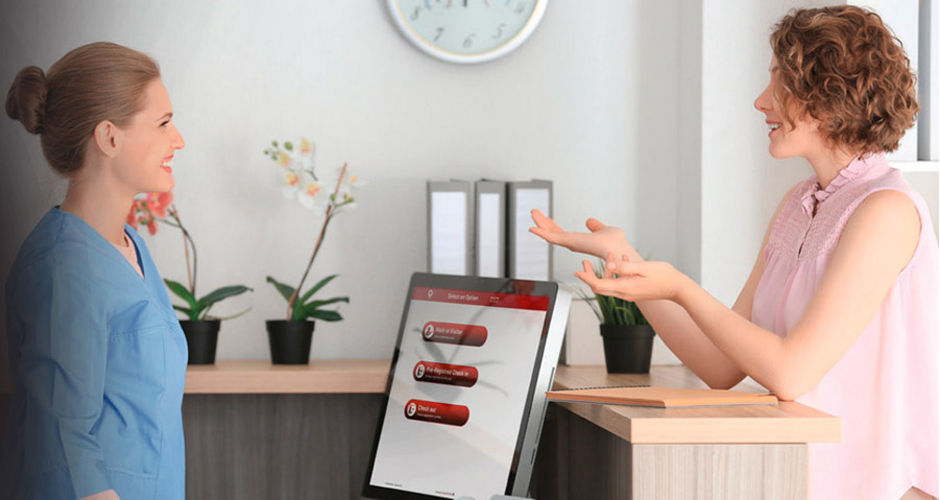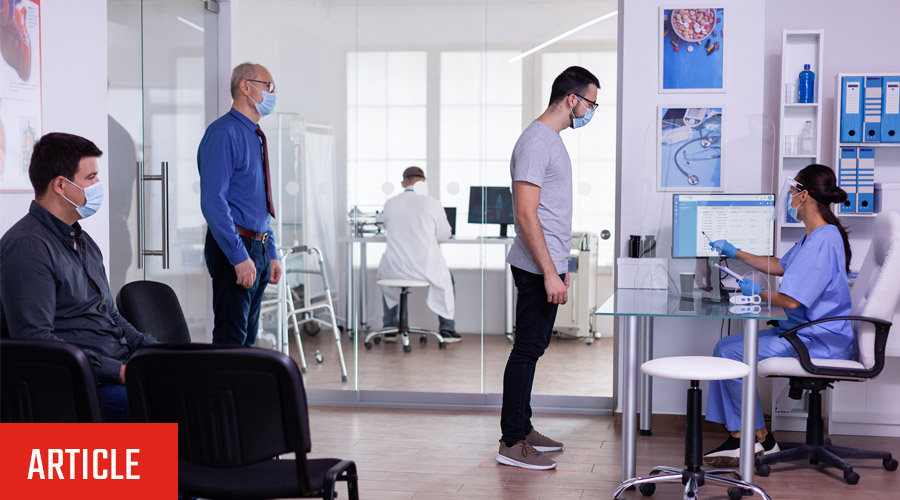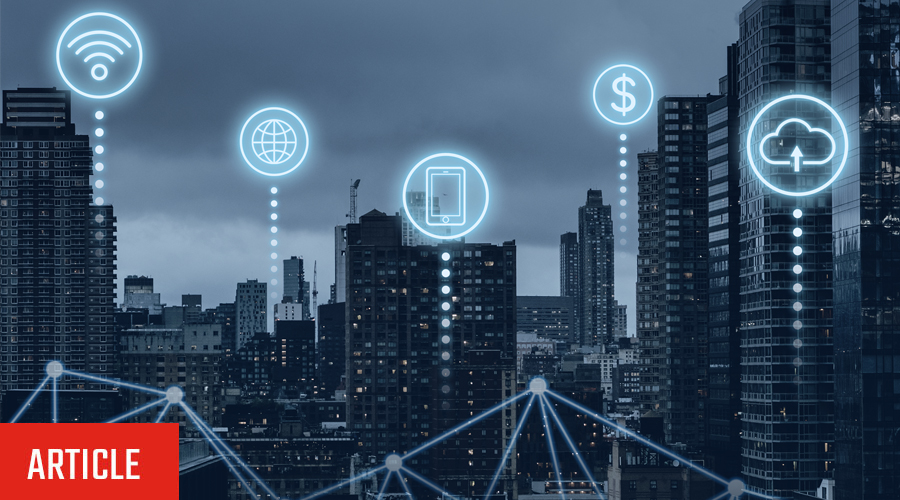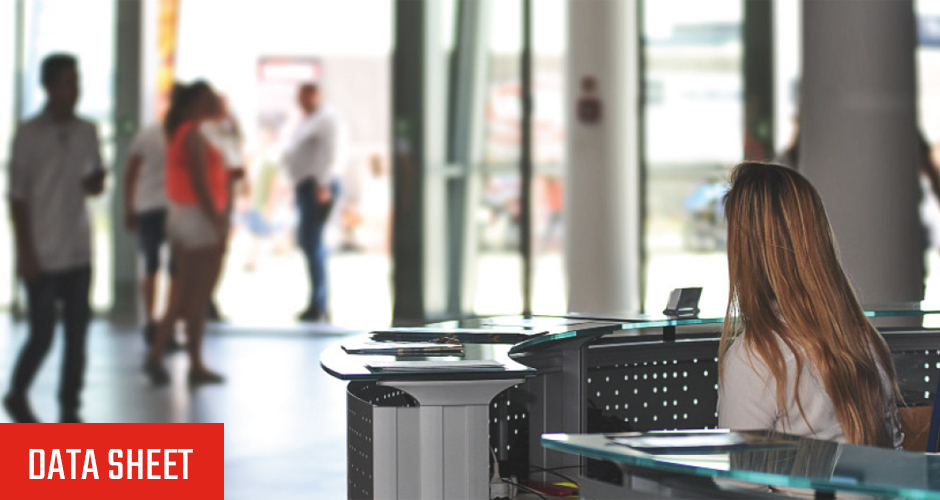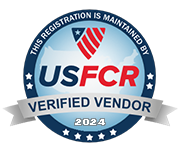GSX
Documentation
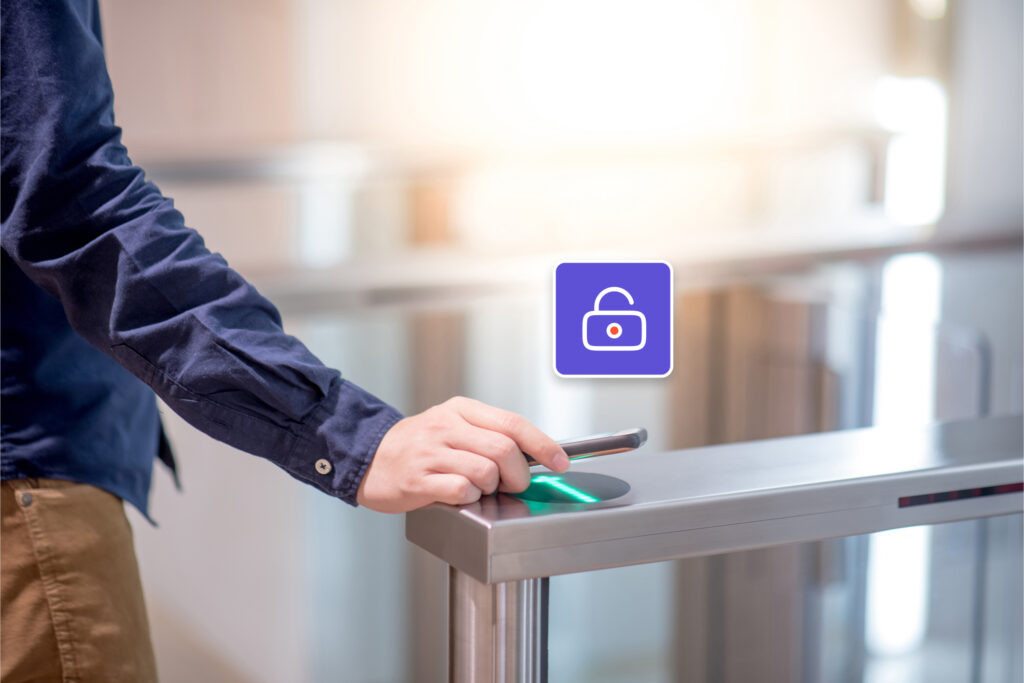
Interview with Alert Enterprise – Richard Joslin, Senior Director of Sales at PACOM puts some questions to Willem Ryan, Senior Vice President, Marketing and Communications at one of PACOM’s tech partners, Alert Enterprise
Blog Tech Partner Blog – Interview with Alert Enterprise Richard

Exciting New Partnership: Alert Enterprise and Tactico Join Forces in Mexico
We are thrilled to announce a groundbreaking partnership between Alert Enterprise and Tactico, a leading system integrator in Mexico.
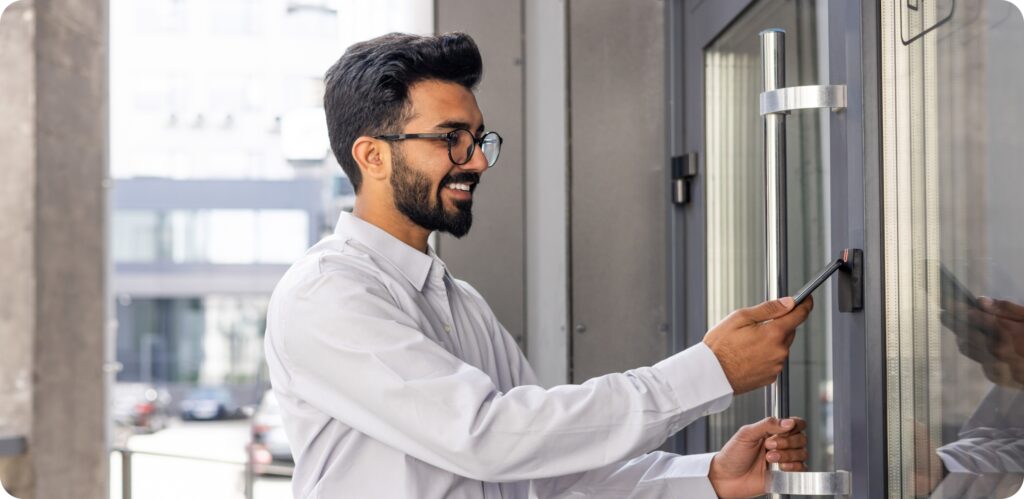
Global expansion of corporate badge in Google Wallet™ with Wavelynx & Alert Enterprise – now in India!
Wavelynx and Alert Enterprise are truly revolutionizing workplace access with the introduction of the corporate badge in Google Wallet, now available in India.
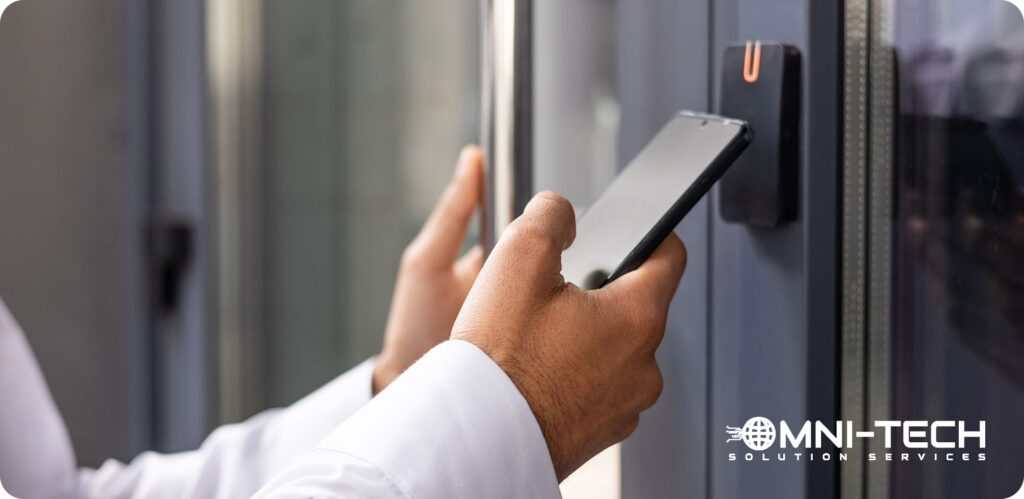
Expanding Our Canadian Footprint: Alert Enterprise Partners with Omni-Tech Solutions
We are thrilled to announce our official partnership with Omni-Tech Solutions, a Canada-wide manufacturer’s representative firm renowned for representing leading security technology companies.
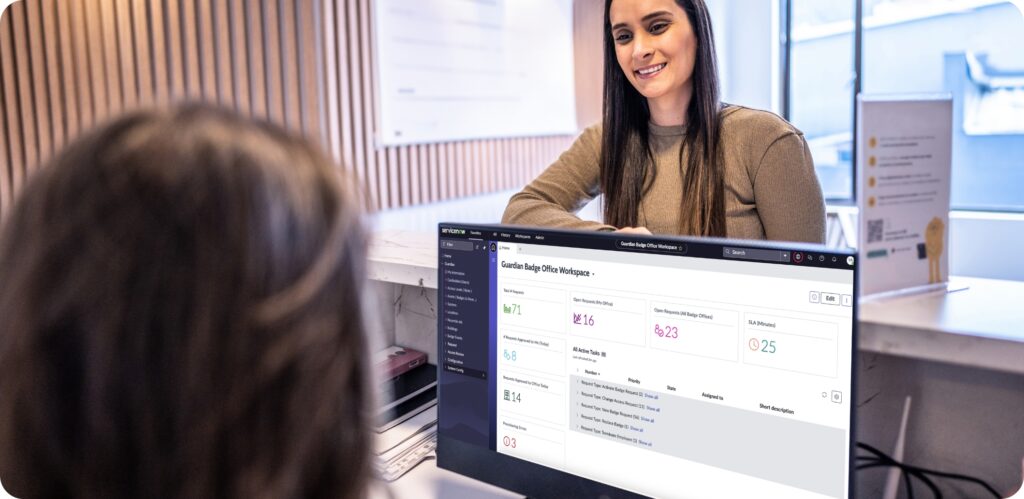
ServiceNow selects Alert Enterprise to transform physical security
In the fast paced world of technology and business, partnerships are the invisible threads
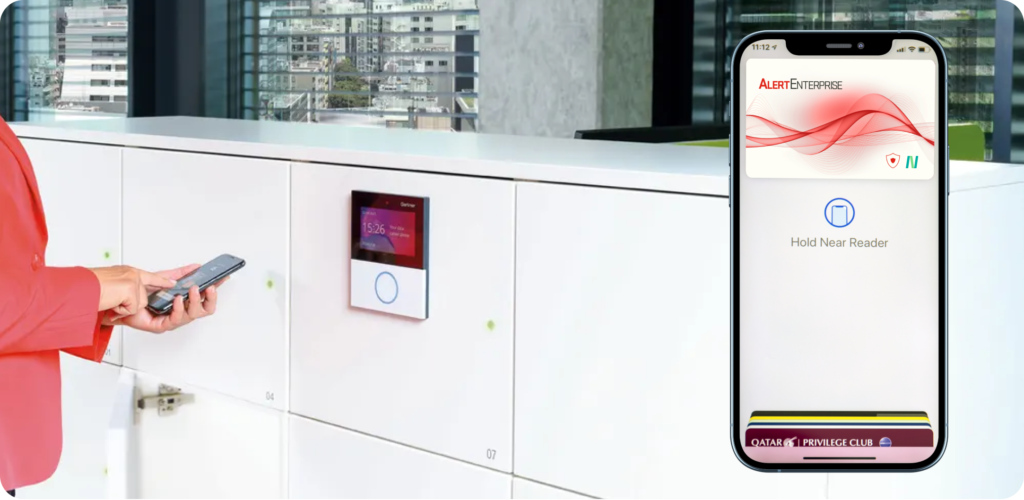
Revolutionizing Workspace Efficiency: Guardian NFC Wallet Mobile Credentials Integration with Gantner NET.locks
In an era where the flexibility and security of workplace amenities have become increasingly pivotal, Alert Enterprise is thrilled to announce a groundbreaking collaboration that integrates Guardian and NFC Wallet mobile credentials with Gantner smart lockers.

Alert Enterprise SOC Insights & Response Recognized in the 2024 SIA New Products & Solutions Awards at ISC West
Alert Enterprise was recognized by the Security Industry Association (SIA) at the 2024 SIA New Products and Solutions (NPS) Awards, the flagship awards program presented in partnership with ISC West for innovative security products, services and solutions.
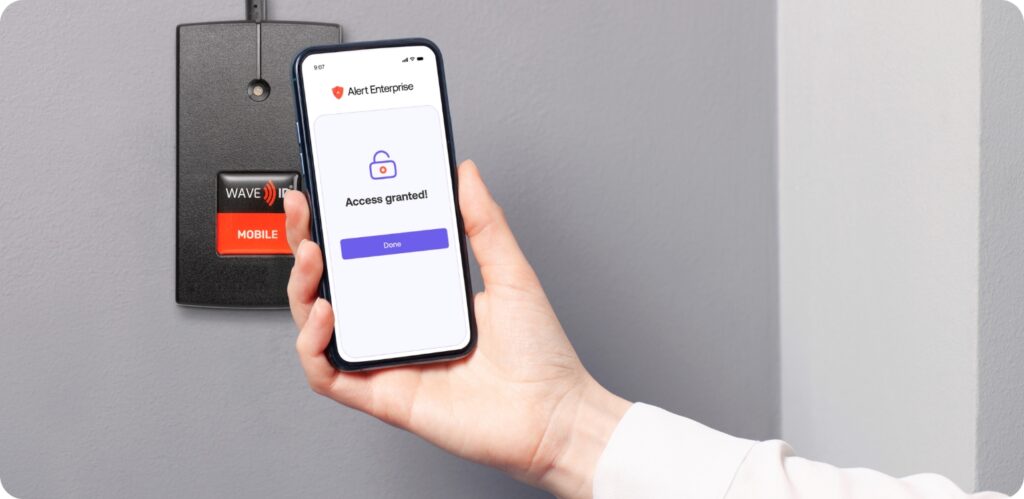
Alert Enterprise partners with rf IDEAS to enhance authentication and logical access
Alert Enterprise is thrilled to announce a new partnership with rf IDEAS, a globally recognized provider of WAVE ID® credential readers for authentication and logical access.

Introducing a Smoother Way to Access Your World with Alert Enterprise and LEGIC
Alert Enterprise proudly partners with LEGIC to enable a world
Your employees need fast, simple access to the doors and areas where they work. But you also have to keep those same physical spaces secure and in compliance. Ensuring only the right people get the correct level of access
The software automatically vets visitors against internal and third-party watch lists and provides
configurable alerts and workflows based on visitor status, creating critical new layers of protection for staff, patients and visitors alike. The integration will help healthcare providers deliver a higher standard of security and compliance while providing a positive, friction-free guest and host experience.
Policy-based access control (PBAC) has proved too complex for most physical access control systems (PACs) – until now. As organizations across industries face evolving security threats and more complicated hybrid work schedules for every type of employee, PBAC just might be the Zero Trust physical security solution we’ve all been waiting for.
Security is of the utmost importance in the healthcare setting so that patients and staff alike can focus their attention on improved clinical outcomes. Unfortunately, visitors are often a contributing factor to safety incidents – and the burden on hospital staff has increased exponentially since the onset of the pandemic. Let’s review the current state of healthcare workplace safety and how an automated, cyber-physical approach can help eliminate administrative hassle and strengthen safety protocols.
Every second, 127 new IoT devices connect to the internet according to Security Magazine. And
that’s not including personal devices like smartphones or tablets. The cyber-physical world is here to stay – and it brings with it an ever-expanding attack vector, plopped in the lap of the modern enterprise to try and protect.
At the enterprise level, physical security has taken a backseat to growing cybersecurity concerns over the years. However, with new COVID-related initiatives centered on managing workplace access, the physical team has a chance to take a seat at the executive table and make a meaningful impact on digital transformation efforts.
Protecting enterprise data is a top priority for everyone at Alert Enterprise. We’re constantly updating our processes, tools and practices to make sure our solutions effectively mitigate risk and maintain confidentiality while enhancing productivity. As part of that effort, we’re happy to announce that we have successfully completed Service Organization Control (SOC 2) Type 1 Audit certification.
According to the U.S. Bureau of Labor Statistics, a record 4.4 million Americans quit their jobs in September 2021. And while no one determining factor fully explains the “Great Resignation,” economists and psychologists alike suggest that changing attitudes toward the role of work in the human experience – should it come before childcare? Is it worth viral exposure? – are a key driver.
Protecting the modern enterprise tends to become a task of safeguarding against digital threats – and with good reason. According to the Ponemon Institute’s 2021 “Cost of Data Breach Study,” the average cost of a data breach in the United States has hit an all-time high, coming in at a cool $4.24M – up 10% from last year.
But as hybrid models take the lead in shaping the future of work, many executives don’t feel prepared to support the operational shift. In a recent survey by Riverbed and Aternity, only 32% indicated that they were “completely prepared” for a transition to hybrid work. Among other challenges, leadership faces new complexities in digital and physical access management that threaten both the employee experience and a company’s overall security posture.

